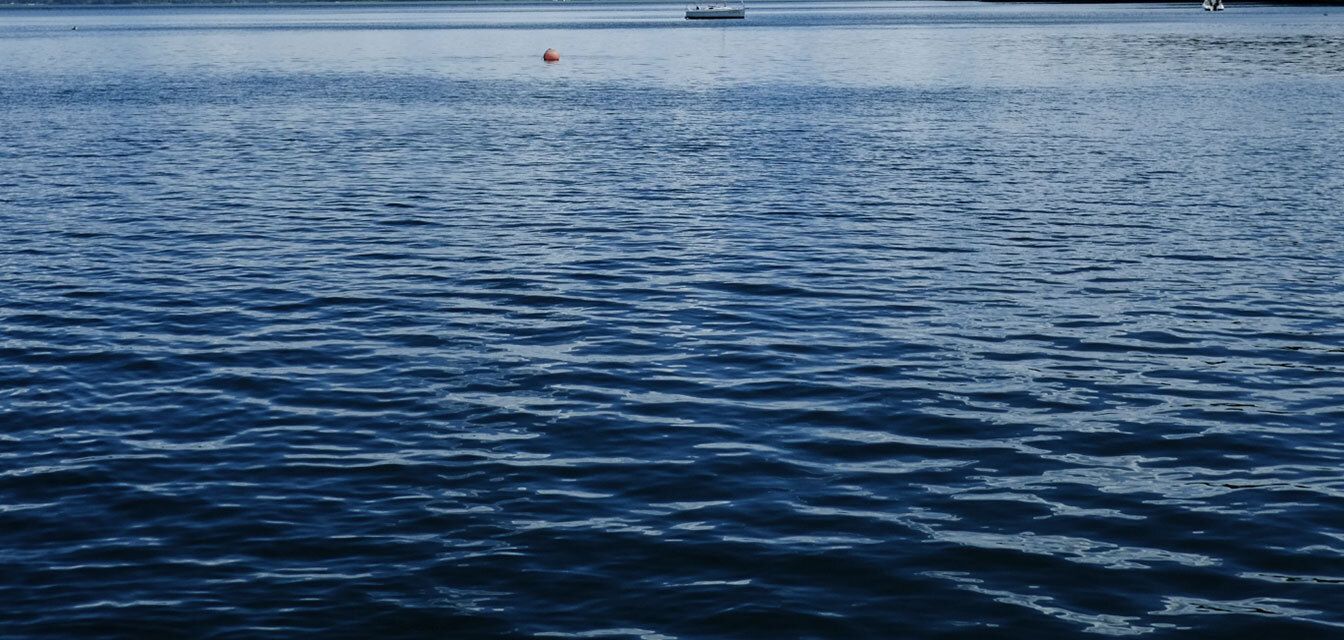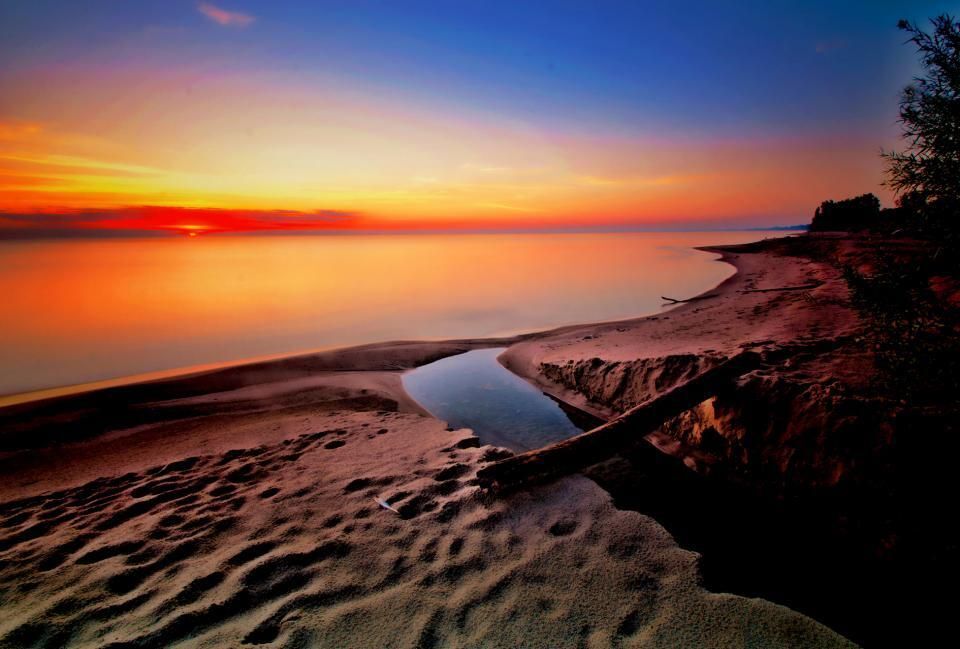Lake Erie Western Basin Facts
The Western Basin of Lake Erie is the shallow flat basin that comprises the western third of the lake. Even with average depths of less than 25’this part of the lake contains world-famous walleye fishing grounds with numerous charter fishing boats operating out of the U.S. states of Michigan and Ohio and the Canadian province of Ontario. The western basin, comprising about one-fifth of the lake, is very shallow with an average depth of 7.4 meters (24 feet) and a maximum depth of 19 meters (62 feet). Western Lake Erie has 32% of Lake Erie’s shoreline, 13% of the Lake Erie area and 5% of Lake Erie’s volume. Western Lake Erie is Lake Erie’s primary spawning waters.
The Western Basin of Lake Erie turns over every 30 – 45 days compared to 2.6 years on average for all of Lake Erie. This means that if nutrient sources are reduced, Lake Erie algae should be reduced quickly.
-
Tributaries
The Detroit River is not considered a tributary, yet it provides over 80% of the water to Lake Erie. Below are the tributaries to western Lake Erie. The Toussaint in a 36-mile long stream that is near the Davis Besse power stations.(attached)
-
Huron River (Michigan)
130 miles long beginning in northern Oakland County flowing into Lake Erie in Monroe County draining an area of 908 square miles.
-
Huron River (Ohio)
15 miles long beginning east of Shiloh flowing into Lake Erie at Huron, Ohio draining an area of 406 square miles.
-
Maumee River (Ohio, Indiana)
137miles long beginning in Fort Wayne, Indiana flowing into Lake Erie at Toledo, Ohio draining an area of 6,354 square miles.
- http://www.toledoseaport.org/
- http://www.epa.gov/med/grosseile_site/indicators/maumee-p.html
- http://lakeerie.ohio.gov/GLRI/ToledoHarbor.aspx
- http://www.toledo.com/attractions/maumee-river-toledo-ohio/
- http://www.tmacog.org/Transportation/2035/part1/2b_Port%20map.pdf -
Ottawa River (Ohio, Indiana)
15 miles long beginning in southeast Michigan – if Ten Mile Creek is included it is 48 miles long flowing into Lake Erie at Port Clinton, Ohio draining an area of ? square miles.
-
Portage River (Ohio)
41.5 miles long beginning in southeast Michigan – if Ten Mile Creek is included it is 48 miles long flowing into Lake Erie at Toledo, Ohio draining an area of 626 square miles.
- http://www.epa.ohio.gov/portals/35/tmdl/Portage_draft_factsheet.pdf -
River Raisin (Michigan)
139 miles long beginning in Rollin Twp. flowing into Lake Erie at Monroe, Michigan draining an area of 1,072 square miles.
- http://www.epa.gov/greatlakes/aoc/rvraisin.html
- http://www.portofmonroe.com/
- http://www.michigandnr.com/PUBLICATIONS/PDFS/ifr/ifrlibra/special/reports/sr23/sr23Figures.pdf -
Sandusky River (Ohio)
133 miles long beginning in Leesville at Crawford County flowing into Lake Erie from Sandusky Bay draining an area of 1,420 square miles.
- http://www.sanduskyriver.org/
- http://www.ohiohistorycentral.org/entry.php?rec=2065 -
Sandy Creek (Michigan)
18.5 miles long beginning in London Township flowing into Lake Erie at Sterling State Park.
- http://en.wikipedia.org/wiki/Sandy_Creek_(Michigan) -
Vermillion River (Ohio)
66.9 miles long beginning in Bailey Lakes flowing into Lake Erie at Vermillion draining an area of 268 square miles
- www.discoververmilion.com/" target="_blank" rel="noreferrer noopener">http://www.discoververmilion.com/
Have any additions? – please contact us at sandylakeerie@aol.com -
Algae/Nutrients
Over 40% each of the phosphorous coming into western Lake Erie(all of Lake Erie) comes from the Maumee and Detroit Rivers. Nutrients come to the Western basin in the sediments, from agriculture, manure, wastewater(especially the Detroit wastewater plant), open lake dumping, stormwater, septic systems, and lawn fertilizer.
-
Power Plants
Western Lake Erie has five power plants that use an estimated 3 billion gallons of water per day and heat the water about 10 degrees warmer than the intake water. Three of the plants are coal-fired, and two are nuclear with a third, Fermi 3, in the permitting process. Detroit Edison, coal-fired Monroe plant is the largest if the plants are generating 3300 MW of power. The Whiting plant in Erie, Michigan has announced that it will close in the next several years. The plant intake is in the Erie Marsh and islands area with huge eco attributes. Three of the four units at Bayshore are expected to close by September of 2012. Bayshore historically is the Great Lakes largest fish killer with historic fish kills of 55 million juvenile fish caught against the screens and 1.2 billion going through the screens each year.


